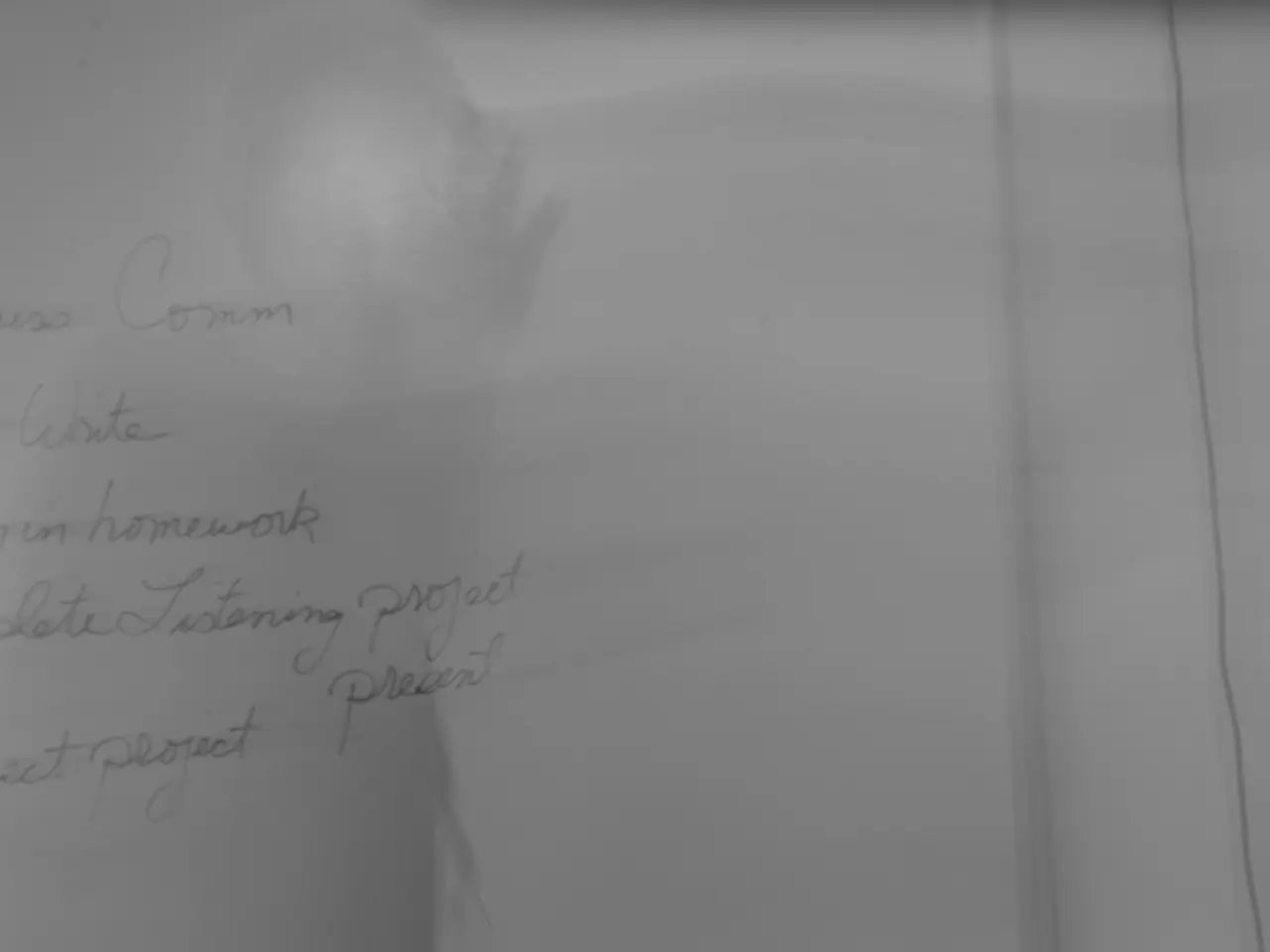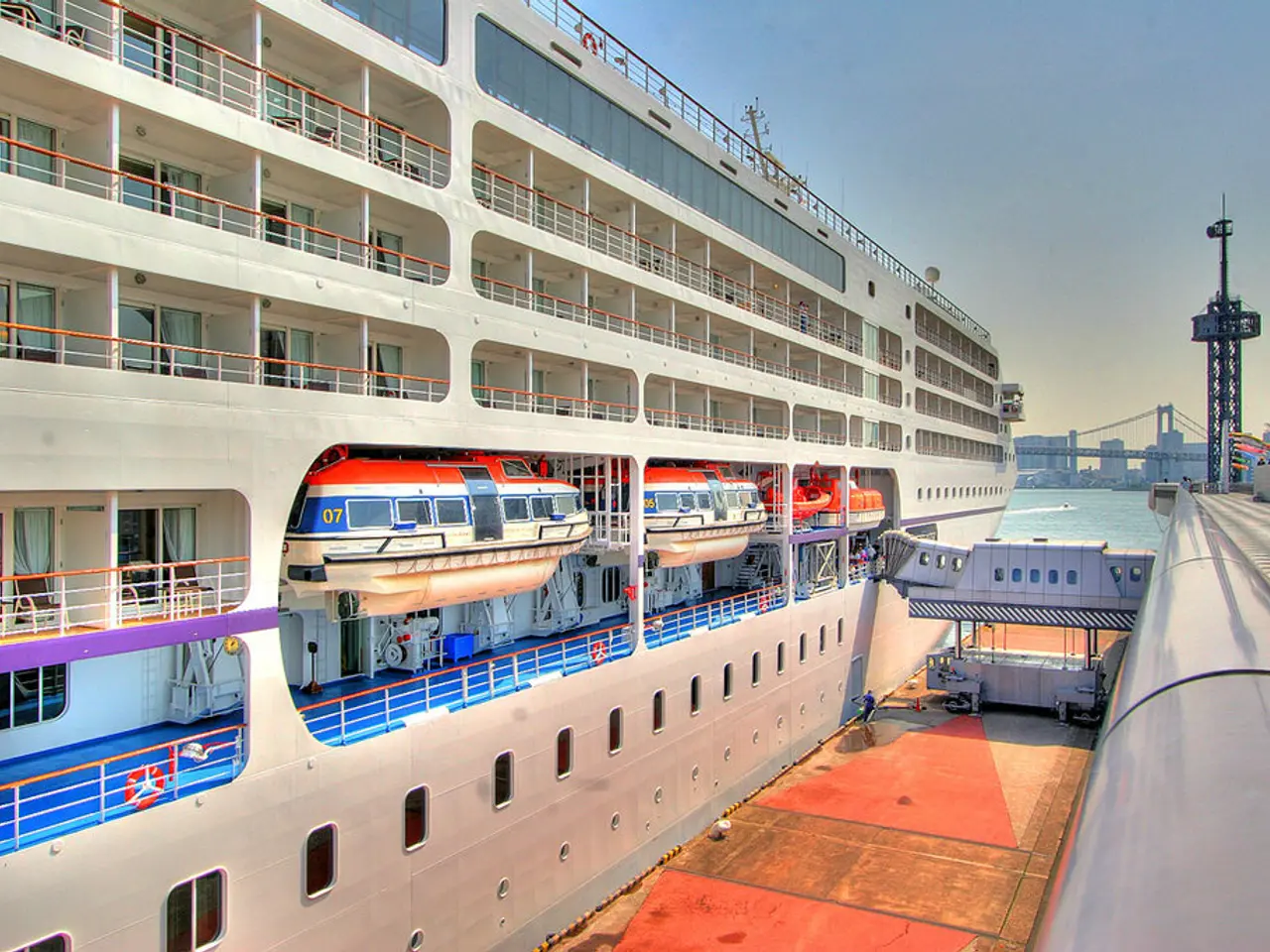U.S. President Trump postpones the commencement of increased customs duties for a week - Delay in imposing increased American tariffs by a week, announced by Trump
In a move that has sent ripples across the global trade landscape, President Trump unveiled a revised tariff policy in mid-2025. The policy, designed to rebalance international trade, has significant implications for numerous countries.
One of the most affected nations is Switzerland, which now faces a significant tariff increase of 39% on its exports to the US. Canada, too, has not been spared, although the exact new percentage for Canadian tariffs remains unspecified. The President has also threatened to increase the baseline reciprocal tariff rate to between 15-20% for most goods.
The policy overhaul also includes adjustments to avoid stacking tariffs on goods subject to multiple tariffs, particularly involving Canadian and Mexican goods and Section 232 tariffs on steel, aluminum, and automobiles.
The tariff modifications are part of broader trade and Section 232 investigations impacting various sectors, including commercial aircraft and critical minerals.
Here's a breakdown of the new tariff rates for some key countries:
| Country | New Tariff Rate (2025) | |--------------|-------------------------------------------| | Switzerland | 39% | | Canada | Increased (exact rate unspecified) | | General baseline reciprocal tariffs | 15–20% (threatened increase) |
Notably, the tariff rate for Canadian goods has been set at 35%, while the rate for Taiwanese products has been lowered to 20%. The tariff rates for nearly 70 countries have been adjusted, with some rates increasing and others decreasing.
The EU, Japan, and South Korea will face a 15% increase in tariff rates, as agreed in previous trade deals. However, Taiwan's President Lai Ching-te has expressed a desire to continue negotiating about the tariffs. Similarly, President Trump has shown openness to talks regarding Canadian tariffs.
Interestingly, some products, such as steel and aluminum, were already subject to a 50% import surcharge before the adjustment of tariff rates. No surprises were present for other countries in the latest tariff adjustments.
The tariffs, initially set at 10%, have been adjusted to different rates, ranging up to 41%. However, the President has delayed the implementation of higher tariffs on dozens of trading partners to August 7.
Experts, such as Wendy Cutler of the Asia Society Policy Institute, have noted that the decree and recent trade agreements break with the rules that have governed international trade since World War II. Taiwan's President Lai Ching-te's desire to continue negotiating about the tariffs remains unchanged.
This new tariff policy is undoubtedly a significant shift in international trade, with far-reaching implications for countries worldwide. As negotiations continue, the global trade landscape is poised for further change.
- The tariff rate for Swiss exports to the US has been set at a significant 39%, while the exact new percentage for Canadian tariffs remains unspecified, according to the revised tariff policy unveiled by President Trump in mid-2025.
- Furthermore, the President has threatened to increase the baseline reciprocal tariff rate to between 15-20% for most goods, a move that has notable implications for politics, policy-and-legislation, and general news, as international trade dynamics continue to evolve.








